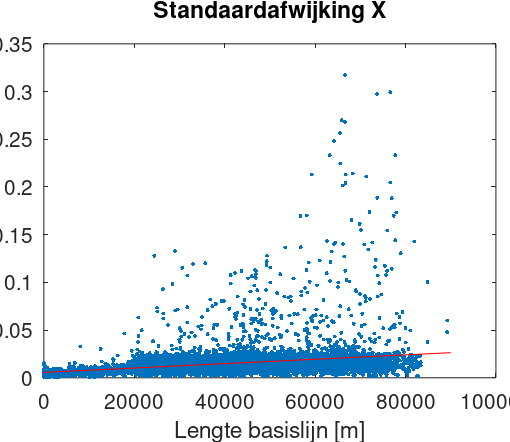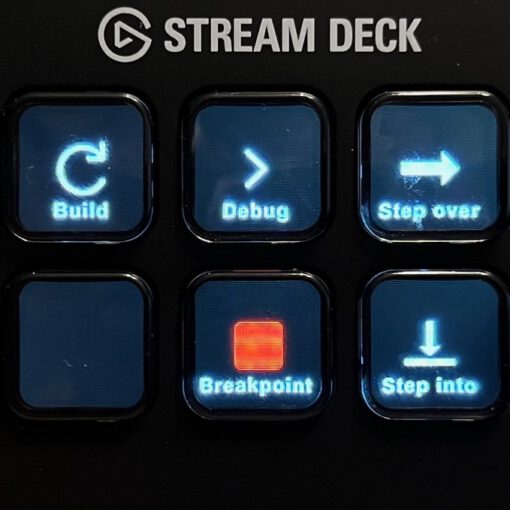When the first computers with AMD’s Ryzen AI Max+ 395 “Strix Halo” were announced, they were advertised as being ideally suited to AI workloads, especially large language models, due to their maximum of 128GB of “unified” RAM, with up to 96GB being available for the GPU.
It took quite a while before the first systems came available, but benchmarks are slowly coming in:
- Phoronix has tested the HP ZBook Ultra G1a. The results were very positive, but comparisons were only made against other laptops with AMD or Intel CPUs with integrated graphics.
- Dutch Tech website Tweakers has tested the GMKtec EVO-X2, currently the cheapest option to get the 128GB model. Here comparisons were also made against current Nvidia GPUs as well as an M3 Ultra-powered Mac Studio. CPU performance was good, but AI performance was pretty terrible, with even a RTX 5070 being two to three times faster, assuming of course that the model fit into the GPU’s RAM. Fan noise was another complaint.
- German computer magazine has tested the HP Z2 Mini G1a (subscription needed to read the article) in the 64GB version. Unfortunately the article does not compare the test results against other systems, but the provided numbers for the Procyon AI benchmark are quite poor. This test also mentions fan noise during high CPU loads as an issue.
- While looking for more information, I found a thread on Reddit that also paints a bleak picture, having used a pre-production Framework Desktop. Some further investigation by the author revealed that matmul performance is currently very poor.
I have to conclude that, at least with the current state of the available software, I can’t recommend the Strix Halo platform for AI workloads. Even a mid-range Nvidia GPU will massively outperform it. Yes, there are models that will only fit into the Ryzen’s RAM, but then performance will be so low as to be almost unusable. Add to that the problem of cooling such a powerful processor in a small case with tiny fans and the resulting noise, and I don’t really see the point. For the same price, you can build a full-sized computer that will outperform the Strix Halo offerings in both CPU and CPU workloads, and be much quieter at the same time. It’s also important to know that the memory is not truly unified – how the available memory is split between CPU and GPU must be set in the BIOS, and data must still be explicitly copied. Apple, on the other hand, has true unified memory.
So if you really need the large RAM, I would wait a little longer and see how Nvidia’s DGX Spark and its siblings perform, assuming that they’ll hit the market in a few months. If less RAM is sufficient, I’d go with a Nvidia GPU. I hope that the rumors are true that a 5070 Ti Super with 24 GB RAM is in the making, as this is a memory size that is targeted by many models due to this being the memory size of the RTX 3090 and 4090. If such a GPU would have a price point of around €1,100 (less than half of the 32GB RTX 5090), it should be possible to build a complete system with a high-end CPU for around €2,500.




